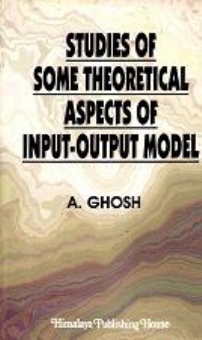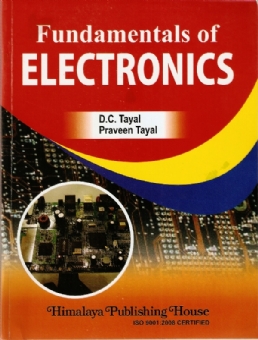The present book consists of a collection of papers dealing with certain familiar approaches in input-output analysis. These approaches are based on the authors original research on certain aspect of the problem of ordering the sectors in input-output matrices. The author has shown that the conventional input-output approach follow the CSIR approach in its classification of economic sectors of all types. The author has in his paper made a detailed analysis on the problem of ordering the sectors. He has shown that sectors with type of ordering different from the conventional input-output ordering system reveals many fruitful approaches which reveal various properties of an input-output system. He has further used various analytical techniques to discuss different types of ordering and the uses to which they can be put.
In the first six papers the themes have been developed showing the properties of different ordering and they way this can be used to reveal the hidden inter-relationship in an input-output system and to develop a concept of optimality among many different ordering system and uses of the concept of optimality can to solve many problem of economic policy in a multi-sectoral economy. In this set of papers thus, he has developed a completely novel approach of economic analysis which can be extremely useful in analyzing various features of an economy which can only be revealed through a flexible variation in the sequence of sector ordering.
In the second set of papers, the author has defined input-output system incorporating price and quantity and endogenized through an input-output model. These papers also show a completely new approach of using price and quantity in a mixed system. In the last paper in the set the authors has made use of Mandelbrot`s system of fractional dimension and shown through the Mandelbrot system matrices of different order can be used to set up a model which reveal the degree of inter-industrial dependence and also shown that the elaboration of larger matrices reveal how much inter-industrial dependence exists and how they merge into each other.
Finally, the author feels that using input-output models only for projection of the national economy as unnecessarily restrictive. The full potential of input-output analysis which can be revealed by a closer analysis of various ordering of sectors of the economy with a specific purpose, different in each case and degree of inter-dependence of the sectors and how this inter-dependence to each other behave as isolated island of inter-dependence sector instead of an economic continuum.
Contents :
1. An Input-Output Matrix as a Spatial Configuration
2. Computation of an Optimal Ordering for an Input-Output Matrix by an Application of Dynamic Programming
3. The Equivalence of the Optimal Ordering with the Maximum Row-column Correlation Coefficient in an Input-Output Table
4. A Characterization of the ‘Heuristic Solution’ of the Optimal Ordering Problem of an Input-Output Matrix as a Nash Point with some Further Observations on the Ordering Problems as a Game
5. A Reformulation of the ‘RAS’ System of Iteration in Conformity with Walrasian Tatonnement
6. A Formulation of the Aggregation Problem in Terms of Coalition and Bargaining Theory
7. The Application of Generalised Inverse in Static and Dynamic Input-Output Analysis
8. Input-Output Models for Planning in a Mixed Economy – A New Approach
9. On Endogenising Population in Input-Output Framework
10. Technical Costs of Environment Protection and its Redistribution in the Economy
11. Tariff and Non-tariff Protection Through a Social Accounting Matrix – Case Study of an African Economy
12. A Presentation of the Aggregation and Disaggregation Process in Input-Output Analysis in Terms of Fractal Dimension






